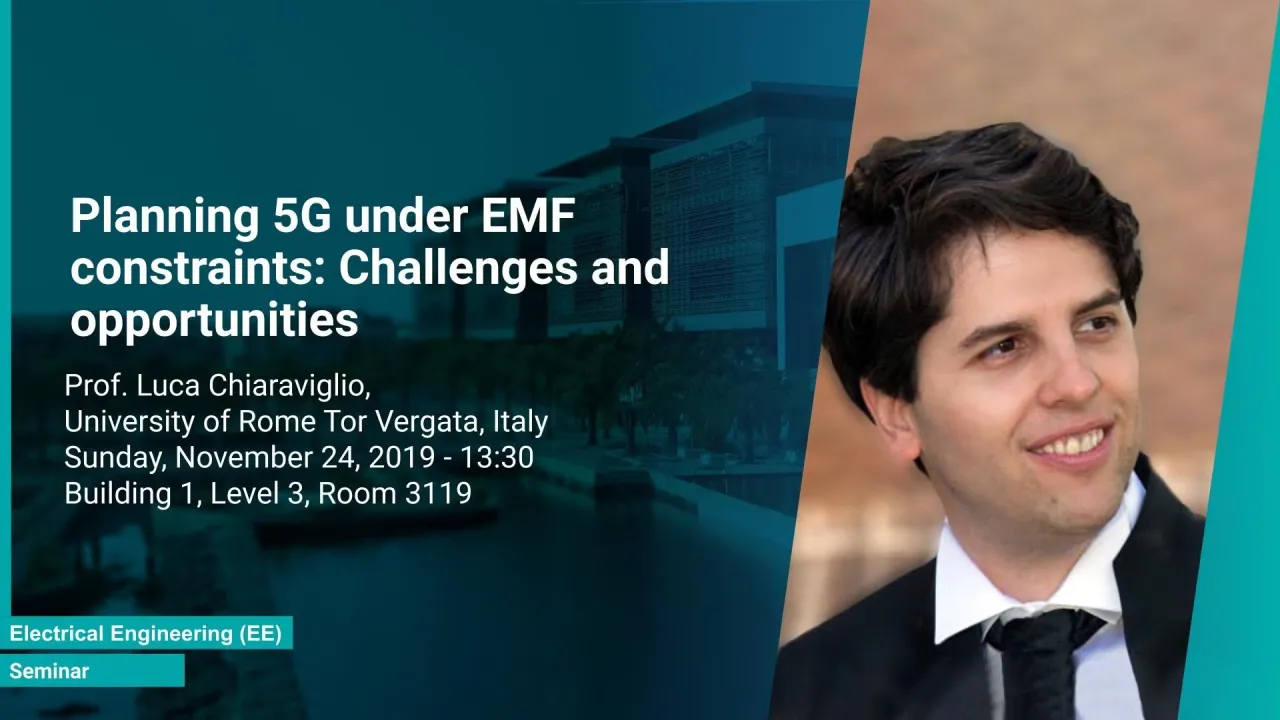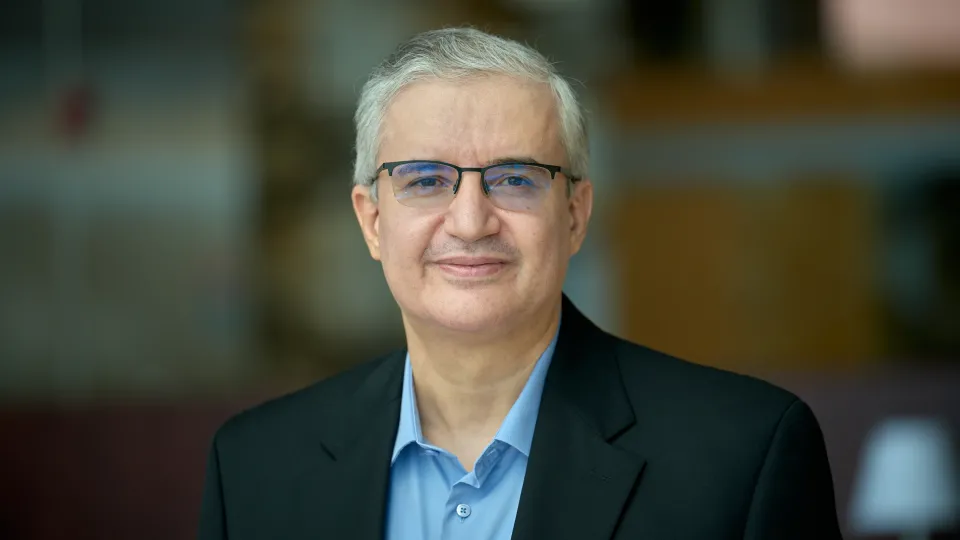
Planning 5G under EMF constraints: Challenges and opportunities
Overview
Abstract
5G networks are currently facing the first installation steps in many countries. From a user perspective, there is a growing concern about the health impact of the ElectroMagnetic Fields (EMFs) generated by 5G. in this context, different countries in the world adopt EMF limits defined by the International Commission on Non-Ionizing Radiation Protection (ICNIRP), but many countries, including Italy, adopt much more stringent regulations, by following precautionary principles. In this talk, we will focus on the planning of 5G networks under strict EMF limits. Starting from a set of measurements derived from current (pre-5G) networks, we will analyze: i) the main implications of severe EMF limits on the planning phase, ii) the impact on the users side in terms of generated EMFs and Quality of Service, and iii) the issues faced by operators when installing new cellular sites in urban zones. We will then concentrate on 5G technology, and on the impact of its main features in terms of EMFs. Finally, we will discuss the impact of EMF-aware 5G planning at the societal, government, technology and scientific levels.
Brief Biography
Luca Chiaraviglio is a Tenure Track Assistant Professor at the University of Rome Tor Vergata (Italy). He has got his Tenure in 2019 and he is going to be officially enrolled as Tenured Associate Professor at the University of Rome Tor Vergata starting from November 2019. He holds a Ph.D. in Telecommunication and Electronics Engineering, obtained from Polytechnic of Turin, Italy. He has spent research periods abroad in several international institutions, including: Boston University (USA), INRIA Sophia Antipolis (France), Auckland University of Technology (New Zealand) and ETECSA S.A. (Cuba).
Luca has co-authored 130+ publications in international journals, books and conferences, and he has collaborated with more than 200+ co-authors, which are affiliated with national and international institutions. He participates in the TPC of top-leading conferences, including IEEE INFOCOM, IEEE GLOBECOM, IEEE ICC, IEEE VTC and IEEE GlobalSIP. He has been a member of the organizing committee of different conferences, such as ECOC (1500+ attendees), 5G-Italy (300+ attendees), IEEE LANMAN, IEEE Blockchain Conference and IEEE International Conference of Environmental Engineering. He has also been the General Chair of the 4th International Conference on Computing, Communication and Security (ICCCS-2019), co-organized by Indian and Italian academics, and technically co-sponsored by the IEEE Italy Section. Moreover, Luca has been general/TPC chair for different international workshops, co-located with conferences such as IEEE INFOCOM, International Teletraffic Congress (ITC) and IEEE ICNC. In addition, he is a member of the editorial board of different top-ranked journals, such as IEEE Communications Magazine, IEEE Access and IEEE Transactions on Green Communications and Networking.
He is currently the coordinator of the national project BRIGHT: Bringing 5G Connectivity in Rural and Low-Income Areas. Moreover, he is / has been involved in different European projects, such as H2020 LOCUS, H2020 5G-EVE, H2020 Superfluidity, FP7 Trend, FP7 EcoNet, and FP7 Bone.
Luca has received the Best Paper Award in different conferences, including IEEE VTC and ICIN. Some of his papers are listed as Best Readings on Green Communications by IEEE. Moreover, he has been recognized as an author in the top 1% most highly cited papers in the ICT field worldwide. His papers "Optimal Energy Savings in Cellular Access Networks" and "Reducing Power Consumption in Backbone Networks" are the most cited papers from all IEEE ICC conferences and IEEE ICC workshops in the period 2009-2018 (Source: Scopus).
He also is an IEEE Senior Member and a founding member of the IEEE Communications Society Technical Subcommittee on Green Communications and Computing. According to Google Scholar, his H-Index is 30, with more than 4000 citations received so far.
His current research topics cover 5G networks, Virtual Network Function (VNF) management, impact of ElectroMagnetic Fields (EMFs) on 5G, Unmanned Aerial Vehicles (UAV)-based networks, cloud computing,optimization applied to telecommunication networks, and new architectures to reduce the digital divide in rural and low-income areas.
